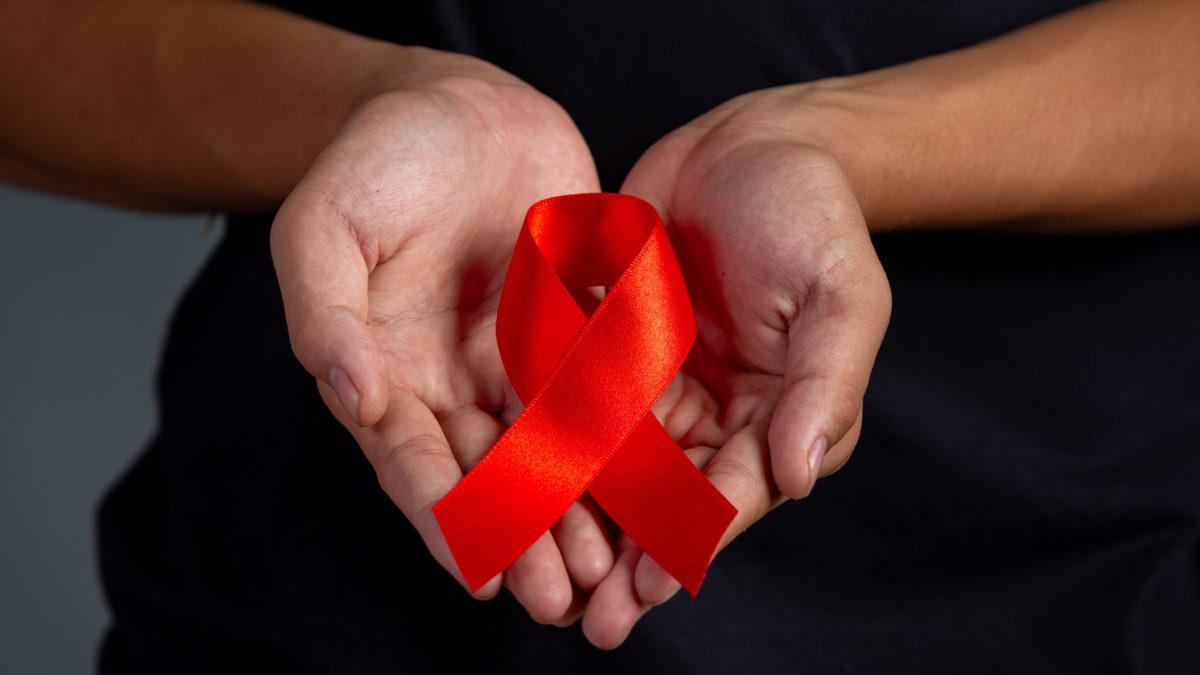HIV & AIDS – Symptoms, Causes and Treatments
Human immunodeficiency virus – known simply as HIV – is a virus that attacks the body’s immune system, which can lead to AIDS, or acquired immunodeficiency syndrome, if not treated. AIDS is a consequence of HIV and refers to a number of serious infections and illnesses that happen when HIV has severely affected the immune system. Currently there is no effective cure, however, with treatment; individuals can live happy and healthy lives.
HIV is an easily and effectively treated disease and no longer holds the same stigma as decades ago. Here is what you need to know about HIV and AIDS.
What is HIV and AIDS?
HIV is a virus that damages your immune system by attacking cells and, as a result, weakening your ability to fight off diseases and infections. AIDS is a consequence of HIV and refers to a number of serious infections and illnesses that happen when your immune system has been severely damaged by HIV.
There’s currently no cure for HIV, but there are very effective drug treatments to manage the virus. With an early diagnosis and treatment, most people with HIV will not develop AIDS and can live a relatively normal life.
AIDS is a by-product of HIV and prevents the immune system from fighting off opportunistic infections, like pneumonia, and certain cancers. Due to having a compromised immune system, the body becomes vulnerable to these infections.
AIDS itself can’t be transmitted from person to person but the HIV virus can.
Origins & transmission
Scientists have traced the origin of HIV back to chimpanzees and simian immunodeficiency virus (SIV), an HIV-like virus that attacks the immune system of monkeys and apes.
HIV is transmitted through bodily fluids such as blood, semen, vaginal fluids, anal fluids, and breast milk. Historically, HIV has most often been spread through unprotected penetrative sexual contact, the sharing of needles for drug use, and through birth – from mother to child( if the mother is HIV positive).
It is very important to understand that you cannot get HIV from casually touching someone who has the virus. It cannot be transmitted by hugging, holding hands, or sitting next to someone who is HIV positive.
Symptoms
During the first few weeks after an individual contracts HIV, the virus spreads rapidly. The immune system reacts aggressively by producing antibodies that try to fight off the infection. Some people show flu-like symptoms, while others display none whatsoever. Early symptoms may include:
- fever and chills
- swollen glands
- bodily aches and pains
- sore throat
- headache
- nausea and stomach aches
- skin rash.
Because of the above symptoms, few people suspect that they could have contracted HIV and are not compelled to visit a doctor, especially if their symptoms are mild. Moreover, doctors and nurses may also suspect a cold or flu before HIV, so it’s crucially important to do regular HIV tests if you are sexually active.
Subsequent symptoms – which can last up to several decades – present during the “latency stage” of an HIV infection. The latency stage occurs after a month or so of the contraction. Once again, these symptoms are non-specific, which means they don’t relate to one specific condition. Much like during the first stage, flu-like symptoms are experienced as well and slightly more notable symptoms, such as weight loss, pneumonia, recurrent oral or vaginal yeast infections (thrush), shingles (a very painful rash), and diarrhoea and vomiting.
The late stage of HIV is when the infection develops into AIDS. Individuals receive an AIDS diagnosis either by the development of certain infections or if their CD4 cell count drops below 200 cells per milliliter of blood. This stage prevents the body from fighting off the symptoms described in the latency stage as well as serious medical conditions and opportunistic infections. Opportunistic infections develop because the body’s immune system is weak and unable to overcome them. Some of the most common opportunistic infections/conditions are:
- pneumonia
- tuberculosis (TB)
- salmonella
- herpes simplex (such as oral cold sores and sores inside the mouth)
- candidiasis, or thrush
- invasive cervical cancer, amongst others
As mentioned, regular testing is crucial to catch an HIV infection and prevent it from developing into AIDS or from passing it on to others. If caught early, it can be treated effectively with medication.
Treatment
The use of antiretroviral medication is the only way to treat HIV. Antiretroviral therapy (ART) prevents HIV developing into AIDS and allows those who are HIV positive to live a long and happy life. ART can help to contain the HIV infection within six months of treatment.
Once HIV has developed into AIDS, treatments will be based on the specific diseases and infections that the body contracts as a result of a weakened immune system.
Bottom Line
If detected and treated early, HIV will not develop into AIDS and HIV positive individuals can go on to live a relatively normal life. If diagnosed with HIV, consistent antiretroviral therapy will be long term but will prevent HIV positive individuals from transmitting the virus to others.
The lenmed Group is a world-class chain of Private Hospitals that brings quality healthcare to communities across Southern Africa.
For more information please contact:
Dr Killy Kurusa, Infectious Disease Specialist
Hospital: Bokamoso Private Hospital
Tell: +267 369 4459
Disclaimer: Any information contained here is merely a guideline. Always visit your healthcare practitioner for any health-related advice or diagnosis.















